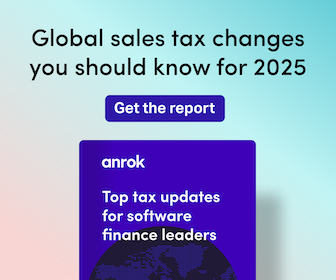As we’ve discussed previously, while the Paycheck Protection Program has given many businesses a lifeline to keep running in the wake of government lockdowns, the upcoming period in which businesses apply for forgiveness may create challenges or blind spots for organizations who took advantage of it.
In our article titled New Letter to Congress Urges Automatic PPP Forgiveness, we noted that as many small businesses faced challenges, they were unlikely to have money to bring someone on to file a forgiveness application.
“In the letter, […] the organization notes that with many of the smallest organizations taking loans still fighting to stay afloat, many may not have the money to afford professional assistance. […] the group suggested that all PPP loans under $150,000 should be automatically forgiven. With 86.2 percent of all PPP loans being less than $150K, this letter could mean significant relief for nearly all organizations.”
Naturally an understandable concern, yet just one of many areas in need of clarity as businesses begin to reopen and recovery filing processes begin to shake out. Knowing this, a recent letter from the AICPA seeks to help business leaders and controllers understand the challenges they may face en route to PPP forgiveness.
As discussed in the Journal of Accountancy, The FAQs, published in a new 10-page document, are divided into four sections addressing different aspects of the process and calculations PPP borrowers should use to determine how much of their loan is forgivable.
Common PPP Forgiveness Questions
The questions, which cover everything from the loan application to payment timing to cost accounting and more, provide a variety of insights regarding your possible role in filing a forgiveness application. Broken into four sections—General Loan Forgiveness, Loan Forgiveness Payroll Costs, Nonpayroll Costs, and Forgiveness Reduction FAQs—the document shows a variety or tips for businesses. Here are just some of the highlights.
General Loan Forgiveness:
This section contains three FAQs. The first one clarifies that sole proprietors, independent contractors, and self-employed individuals who had no employees at the time of the PPP loan application and did not include any employee salaries in the computation of average monthly payroll in the Borrower Application Form automatically qualify to (and should) use the PPP Loan Forgiveness Application Form 3508EZ.
Loan Forgiveness Payroll Costs:
This section contains eight FAQs. Question No. 8 addresses how to determine the amount of owner compensation that is eligible for loan forgiveness. The answer provides examples for owners of C and S corporations, self-employed Schedule C (or Schedule F) filers, general partners, and LLC owners. It also defines an owner-employee as someone who is both an owner and an employee of a C corporation. The term was referred to in the PPP loan forgiveness application but not previously defined. Also addressed are partial pay periods, group health care benefits, and two questions related to payroll costs that were incurred or paid outside of the eight-week or 24-week covered periods.
Loan Forgiveness Nonpayroll Costs:
This section includes seven FAQs. No. 6 provides that payments of transportation utility fees assessed by state and local governments are eligible for loan forgiveness. Also addressed are two questions related to nonpayroll costs that were incurred or paid outside of the eight-week or 24-week covered periods and whether the Alternative Payroll Covered Period for payroll costs also applies to nonpayroll costs (it doesn’t).
Loan Forgiveness Reductions:
This section includes five FAQs. No. 4 explains how borrowers should calculate the reduction in their loan forgiveness amount arising from reductions in employee salary or hourly wage. Three examples of the salary/hourly wage reduction are included.
Stay Tuned: Updates of Forgiveness from the Controllers Council
We’re working hard to keep you up to date regarding the changes and challenges as you work towards a return to normal. We will be attending the AICPA Town Hall on PPP forgiveness this Thursday and will continue to update our readers on the best practices for understanding the next steps. We hope you join our email list for all the latest and join the Controllers Council to participate in the discussion.
Additional PPP Resources
When Should You File Your PPP Forgiveness Application?
Recovery Update: PPP Extended, but Business is Coming Back
Four Resources for Understanding the PPP Loan
New Bill Seeks to Increase PPP Flexibility at Small Businesses




